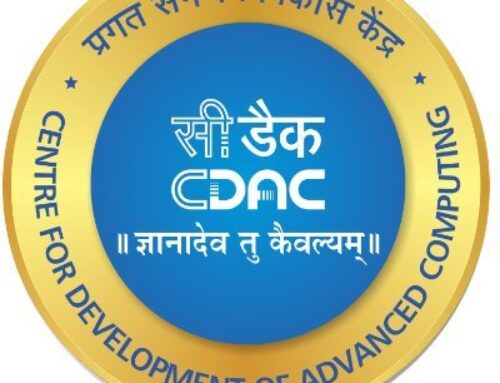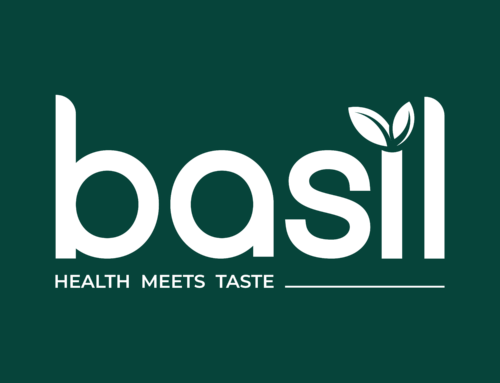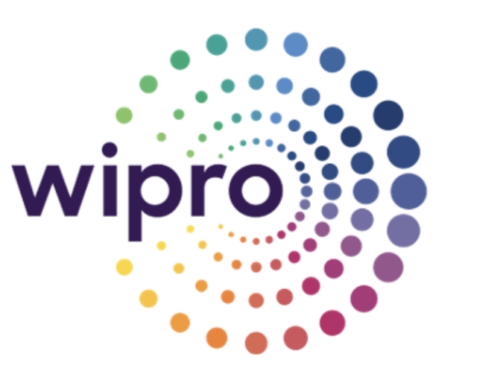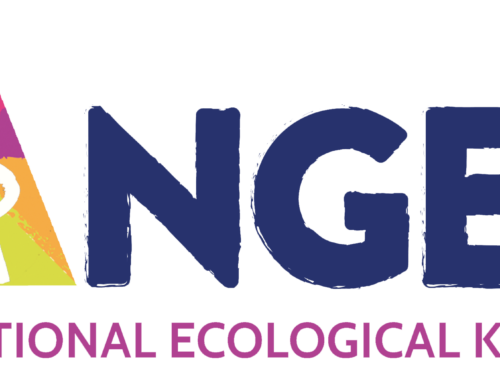The Jal Jeevan Mission (JJM), launched on August 15, 2019, aims to provide safe and adequate drinking water to every rural household in India through individual Functional Household Tap Connections (FHTCs) by 2024. This transformative initiative emphasizes water conservation, sustainable infrastructure, and active community participation, with a target of delivering 55 liters of water per person per day to 19.3 crore rural households. Under JJM Phase 1, the Government of India is investing approximately ₹3.6 lakh crore in constructing 6.34 lakh Piped Water Supply Schemes (PWSS). A similar investment is anticipated for JJM Phase 2, which focuses primarily on the operations and maintenance (O&M) of these schemes and ensuring their long-term sustainability through robust community engagement.
Leveraging technology as a key enabler, Assam has emerged as a standout performer among states, increasing its FHTC coverage from a mere 1.6% in 2019 to an impressive 81% in just five years. Following their digital first policy, the state created JJM BRAIN (Building Resilient and Analytical Information Network), a comprehensive platform designed to streamline the management of rural water supply schemes, empower frontline workers, and enable real-time tracking of scheme progress. The only issue being that the platform was designed with more focus on the installation phase than the Operations & Maintenance (O&M) phase and currently lacks the daily scheme level monitoring capabilities.
Problem statement (in context of JJM Assam)
Despite significant investments, Assam continues to face challenges in monitoring the daily operations of its 27,000 Piped Water Supply Scheme (PWSS). The state struggles to gain clear visibility into critical aspects such as how many schemes supplied water on a given day or the quantity of water delivered at the scheme level. In the absence of IoT sensors, JJM Assam currently relies solely on Bulk Flow Meter (BFM) readings to evaluate its progress in achieving the goal of delivering 55 liters of water per person per day to every rural household. These readings are submitted by Jal Mitras who are the frontline workers akin to pump operators, who are responsible for managing and reporting the daily performance of the Piped Water Supply Scheme (PWSS).
These Jal Mitras do their daily reporting through the Jal Mitra mobile application where they manually enter the BFM reading once a day on the app through their mobile phones. This daily BFM reading allows the state team to remotely monitor the functioning of the scheme and also acts as an attendance of the Jal Mitra.
Due to limited literacy and the lack of familiarity or comfort in using apps on smartphones, most of these Jal Mitras face challenges in daily reporting the BFM reading. The manual entry of readings undermines the reliability of the data, leading to low trust in its accuracy. These challenges have resulted in inadequate monitoring of the PWSS and low engagement with Jal Mitras hindering progress towards achieving the goal of sustainable FHTCs. The absence of reliable and timely data on the PWSS functioning makes it nearly impossible for JJM Assam to take proactive measures to ensure water flows consistently through the tap connections
Jalsarathi – an AI enabled whatsApp based chatbot
Arghyam, a public charitable trust established in 2005 to support sustainable water and sanitation solutions, currently the Artificial Intelligence (AI) and Digital Public Infrastructure (DPI) partner for the National Jal Jeevan Mission (NJJM) partnered with Public Health and Engineering Department (PHED) Assam, the nodal agency implementing JJM in the state, to jointly develop a tech driven scalable solution that addresses the challenges in scheme monitoring with reliable data- leveraging primarily existing resources and infrastructure.
This innovation combines the effectiveness of Nudge theory, the +1 approach of using familiar technologies (such as WhatsApp) to build solutions, and images and GenAI capabilities to improve trust in the data and make the BFM reporting process simple and engaging for the Jal Mitras. Jalsarathi, a first of its kind, multilingual, and low-cost monitoring solution specifically designed for a PWSS (with a BFM) sends daily reminders to Jal Mitras to remind them to upload the BFM image. It also enables them to do their daily reporting of BFM reading through WhatsApp. To simplify and streamline data extraction and minimise human error, we integrated the chatbot with a vision model so that every time the Jal Mitra has to report the BFM reading, he/she can upload the image of the BFM screen on WhatsApp and the AI tool processes to extract the BFM reading for submission on confirmation from the user. All collected data is securely stored in the cloud infrastructure managed and owned by the state, ensuring reliability and accessibility for monitoring and decision-making.
“The Jalsarathi chatbot has made my work so much easier. The daily reminders ensure I never miss submitting my BFM readings and reporting through WhatsApp is incredibly convenient.”
Shahnur Alom : Jal Mitra, Darrang District, Assam
Jalsarathi is a cost effective alternative to an IoT sensor, for monitoring, because of its simplicity, low overhead/maintenance, no additional capacity building requirements, seamless scalability, rapid innovation cycles, and quick setup and implementation. As per our market research, for Assam where there are 27000 schemes, the total cost (fixed + variable) for setting up a scheme functionality monitoring system using IoT sensors over 1 year is approximately 1000 times higher than the cost of implementing Jalsarathi for the same purpose
“Because of Jalsarathi, we are now receiving consistent and trustable data, and reporting has significantly increased. This innovation has truly strengthened our water distribution monitoring efforts”
Biraj Baruah, ACS, Deputy Mission Director, JJM Assam
Way forward:
The Jalsarathi solution follows a muti-staged approach, integrating both technology driven and non-technology driven interventions. As part of the ongoing phase 2 developments, we are working on further fine tuning the Vision model by training it on over 2000 BFM images to achieve higher accuracy. Additionally we are transitioning from traditional reminders to activity based nudges and delivering actionable insights to Jal Mitras, their supervisors, and JJM Assam administrators. These enhancements aim to support timely decision making and ensure the regular functioning of the PWSS.
We are confident that the Jalsarathi solution is not only ready to be scaled to all the 27000 PWSS in Assam benefitting 72 Lakh rural households but can also be rapidly adapted and deployed to PWSS in other states with minimal customisation and setup time.







